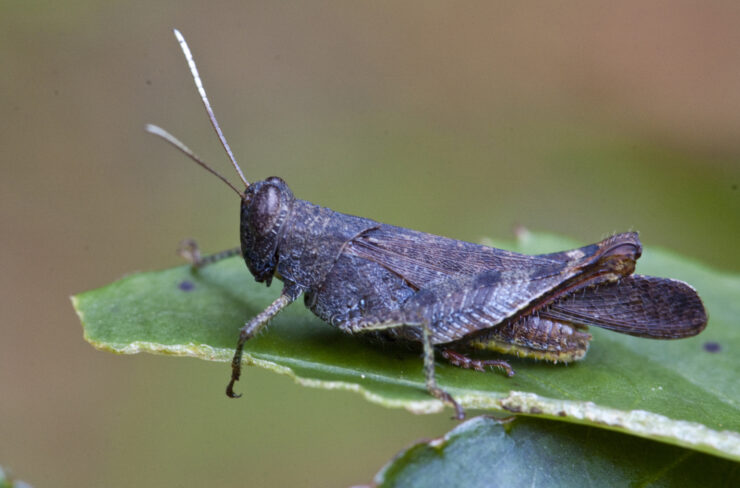U of O prof talks micro-livestock as agent for environmental change
Earlier this month, Loblaws began a nation-wide rollout of cricket flour, bringing the niche health food into the commercial and political mainstream. Large-scale cricket farming as a source of alternative protein has been touted as an environmentally sound solution to global food insecurity for decades but has failed to achieve significant traction in the western world.
Despite the widespread consumption of bugs in hundreds of cultures in Africa, Asia, and Latin America, their use as food has faced centuries of resistance from others. Powdering crickets into a fine “flour” is a relatively recent innovation by western businesses, which hope that reluctant consumers might be more willing to eat bug-based products after heavier processing. It is often marketed as a protein-rich superfood and incorporated into a variety of baked goods, where its nutty taste and unique texture are almost completely masked.
However limited its commercial success, eastern Ontario and southern Quebec have become hotspots for cricket farming and cricket protein-based products. Entomo Farms of Norwood, Ontario has quickly become the largest producer of bug protein in the western world, while Montreal-based Naak now retails their bug-based protein bars across Eastern Canada.
Proponents of farmed bug protein —also known as micro-livestock— often claim it is a catchall solution to the environmental damage caused by industrial agriculture, citing dramatically reduced greenhouse gas emissions, energy efficiency, and low overhead cost.
But questions remain about how practical and viable it is as a long-term solution to global food shortages and the extent of its environmental damage.
Ryan Katz-Rosene, an interdisciplinary professor at the University of Ottawa, explains that while industrial farming has significant environmental impacts, the myths surrounding modern agricultural practices have caused people to ignore much more significant ecological problems to target exaggerated issues.
“In 2008 there was a report called livestock’s long shadow, that claimed that the livestock sector produces 18 percent of all human-generated greenhouse gas emissions, which is equivalent to the transport sector,” said Katz-Rosene. “That one report has done so much damage and that notion—that it’s the same as transport—is so disingenuous. Because if you think about the role that large livestock play in an ecological context and in a farm ecosystem … they are essential to our environment.”
Katz-Rosene also explained that the manipulation of statistics has unfairly targeted livestock farming while ignoring the damage caused by irresponsible crop farming techniques.
“We are producing a lot of corn, a lot of canola, a lot of wheat and it’s all done on this absolutely massive scale that uses large quantities of synthetic fertilizer that essentially kills the natural soil biota. It’s an incredibly violent approach to agriculture … if you are ever driving down the highway and you see a field that is just tilled dirt, that’s basically a massive carbon source.”
While he believes that sustainable agriculture is possible, Katz-Rosene does not think it will be achieved by any one technique, however micro-livestock is one way to go.





